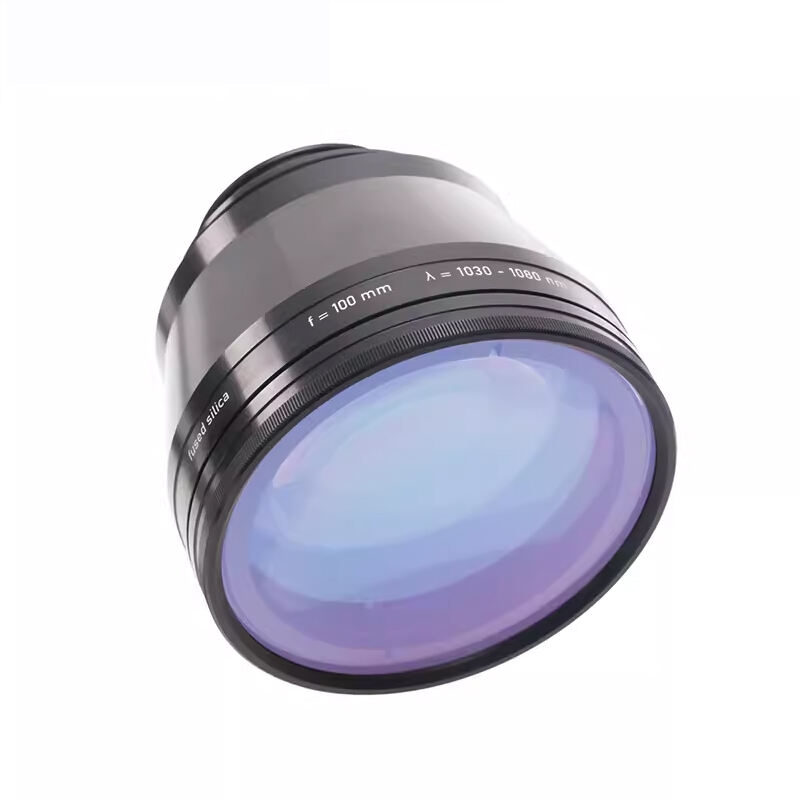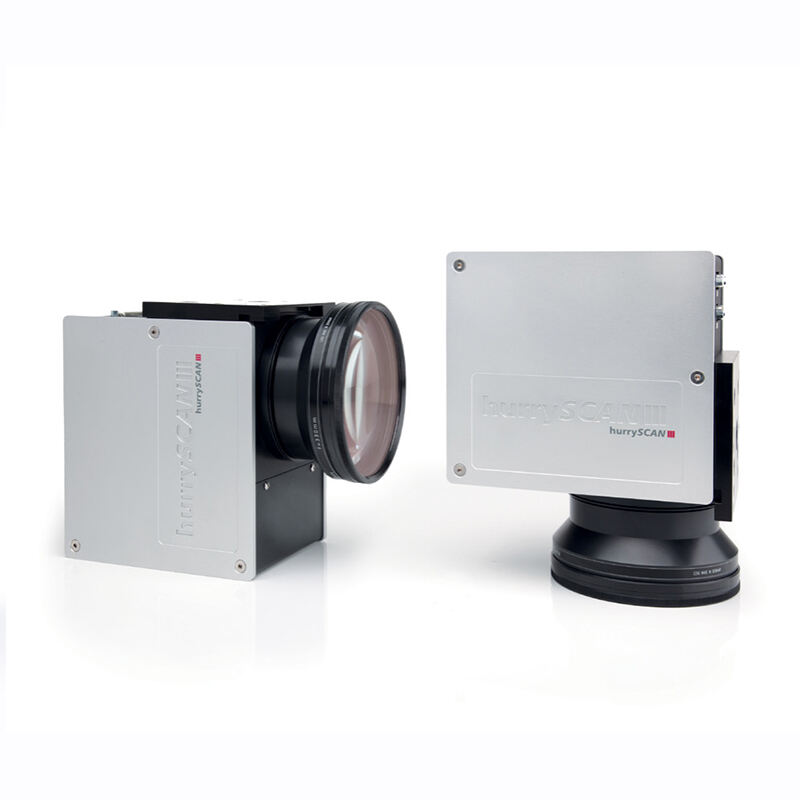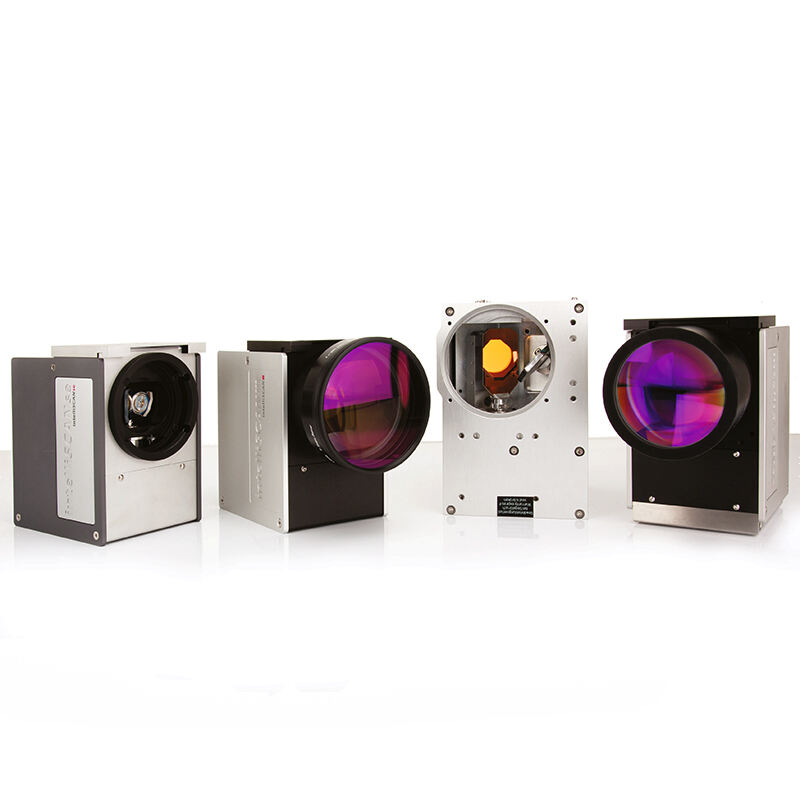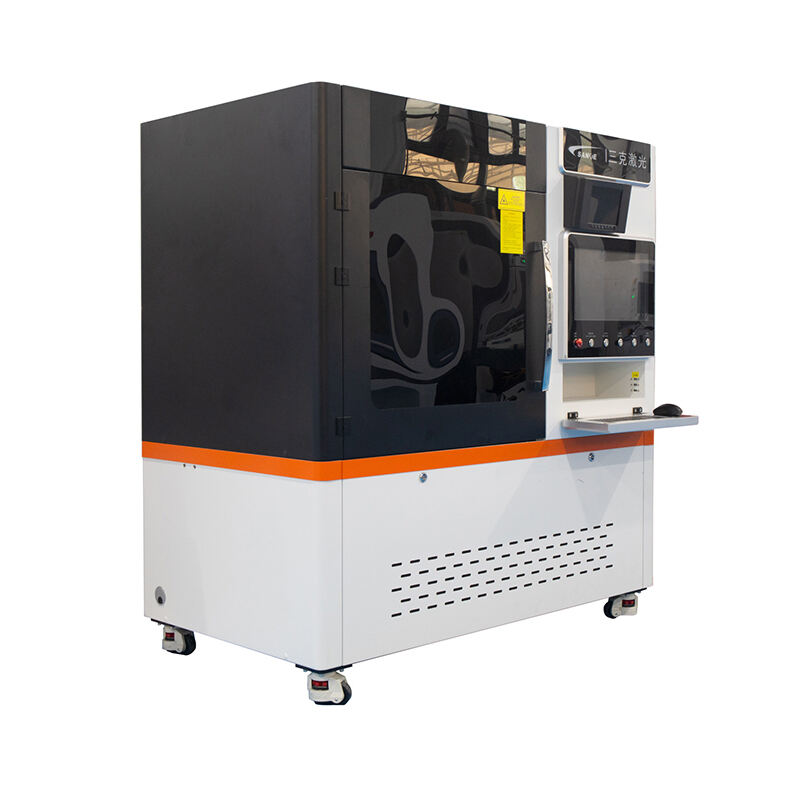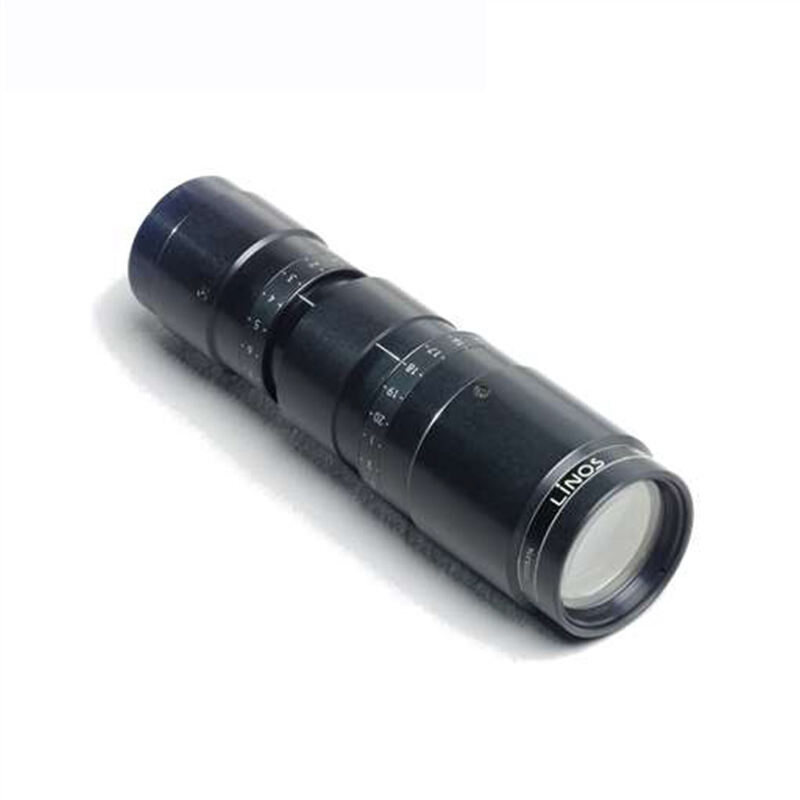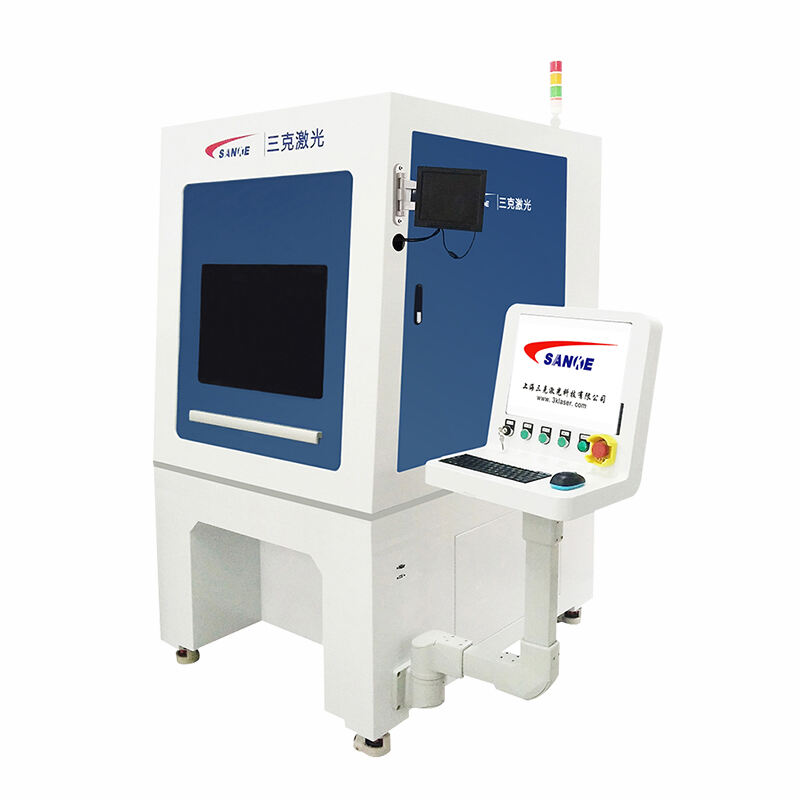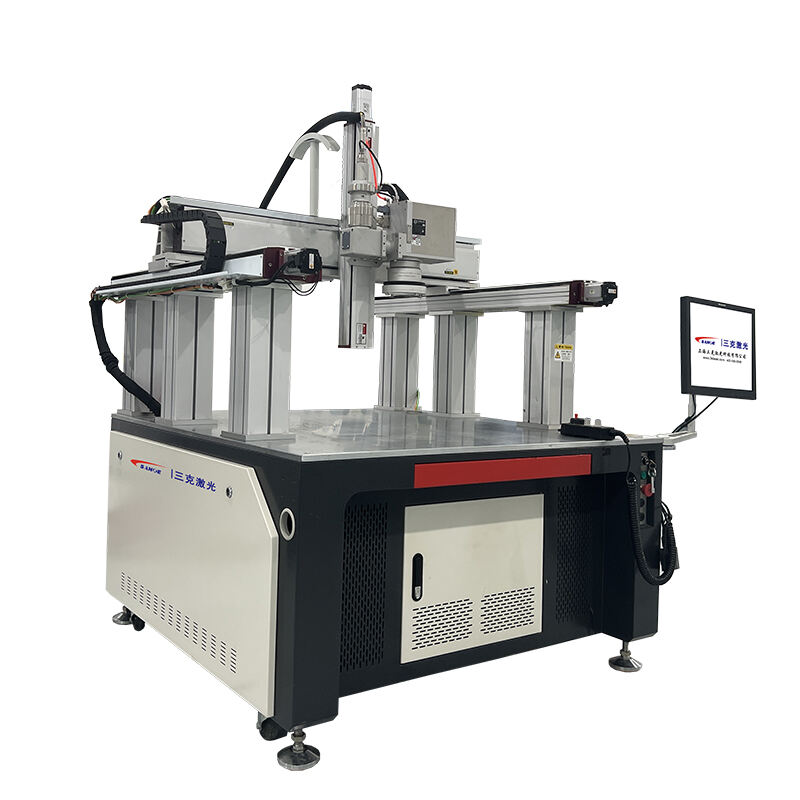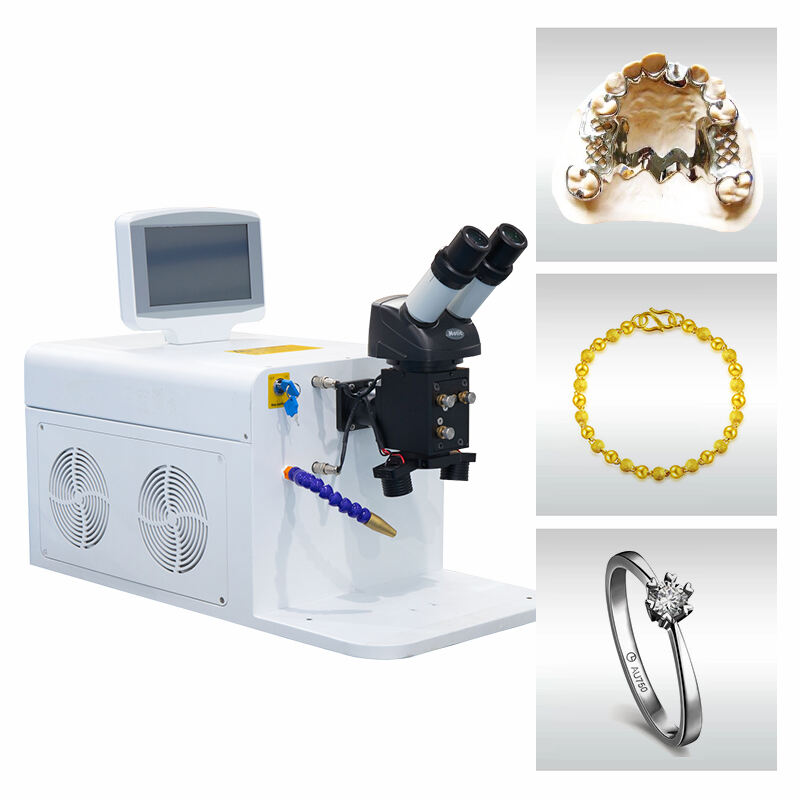Exceptional Material Versatility and Flexibility
The outstanding material versatility of a laser welding machine opens unlimited possibilities for manufacturers working with diverse materials and complex joining requirements that challenge conventional welding techniques. This advanced technology successfully welds materials ranging from ultra-thin foils measuring mere micrometers to substantial sections several millimeters thick, accommodating the full spectrum of industrial applications with consistent reliability. Stainless steel, aluminum, titanium, copper, and exotic alloys all respond excellently to laser welding processes, each achieving optimal metallurgical properties when proper parameters are applied. The ability to join dissimilar materials represents a revolutionary capability, enabling manufacturers to combine different alloys, thicknesses, and even material types in single assemblies previously impossible with traditional methods. Heat-sensitive materials benefit enormously from laser welding's precise thermal control, as the narrow heat-affected zone preserves material properties while creating strong metallurgical bonds. Reflective materials like aluminum and copper, traditionally challenging for laser processing, are now readily weldable using modern fiber laser technology incorporated in advanced laser welding machines. The flexibility extends to joint configurations, with laser systems capable of performing butt joints, lap joints, T-joints, and complex three-dimensional geometries with equal proficiency. Thickness transitions present no obstacles, as laser welding machines seamlessly adapt to varying section thicknesses within single weldments, maintaining penetration control and joint strength throughout. Coating compatibility allows welding of painted, plated, or treated surfaces without extensive preparation, streamlining production workflows while maintaining joint integrity. The process accommodates both continuous seam welding and discrete spot welding applications, providing manufacturers with complete joining flexibility for diverse product requirements. Advanced beam shaping capabilities enable optimization of energy distribution for specific material combinations, ensuring optimal penetration patterns and mechanical properties in finished joints. Material combinations previously requiring mechanical fasteners or adhesive bonding can now be permanently joined using laser welding technology, simplifying assemblies while improving structural performance. The clean welding process eliminates contamination concerns associated with flux-based welding methods, making laser welding machines ideal for food processing equipment, medical devices, and other hygiene-critical applications. Temperature-sensitive assemblies benefit from the rapid heating and cooling cycles that minimize thermal exposure to surrounding components, preserving the integrity of nearby materials or assemblies. This exceptional versatility positions a laser welding machine as the ultimate solution for manufacturers seeking to expand their capabilities while maintaining quality standards across diverse material applications and joining requirements.
 EN
EN
 AR
AR
 FR
FR
 DE
DE
 JA
JA
 KO
KO
 RU
RU
 ES
ES


